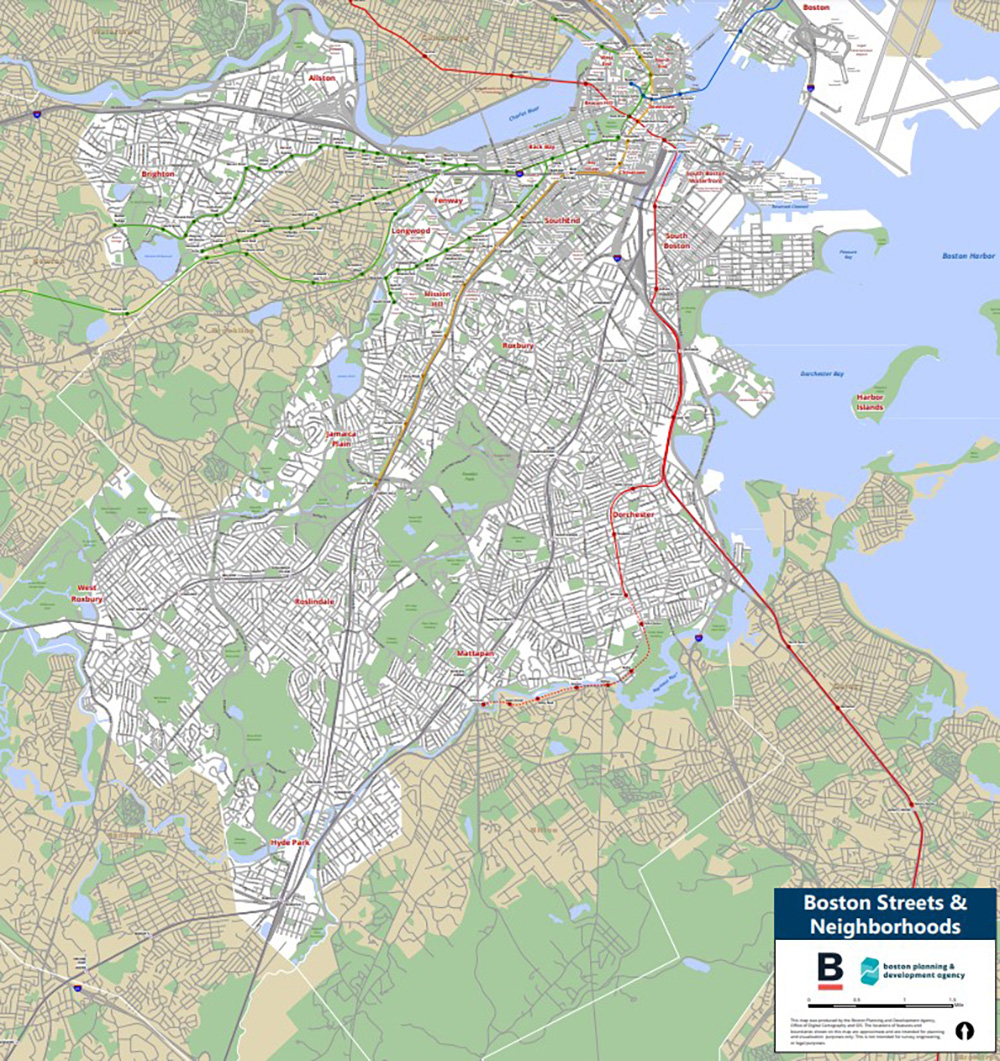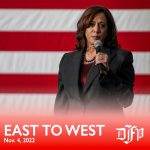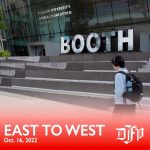
Residents of Boston expressed their thoughts on redistricting that will take place over the next three weeks in a Tuesday hearing.
Following a bill proposed in June 2021 calling for changing the existing law for cities and towns to redraw boundaries, Boston city councilors are in the process of redrawing political districts in the city that correspond with public official representation.
“We want to really appreciate the counselors actually taking (residents’) testimony into consideration in thinking about new approaches to the map in terms of keeping Chinatown and South End together,” said Karen Chen, executive director of the Chinese Progressive Association.
Massachusetts discontinued their state census up until 1985 and are required to use the U.S. Census for redistricting, said Jeffrey Wice, professor of law at New York Law School. Wice said the typical district size is 75,071 residents based on the 2020 Census.
Prior to this meeting, City Councilor Ruthzee Louijeune tweeted about centering resident voices in redistricting discussions Sept. 27. Other city council members echoed her sentiment.
“The people of Boston deserve City Council Districts that represent them, their unique values, and amplify their voices,” City Councilor and Vice Chair of the Redistricting Committee, Brian Worrell, wrote in a Twitter statement. “There will be a robust engagement plan that involves taking this idea around the city, gathering feedback from different communities to create fair and equitable maps.”
The redistricting committee is aiming to possibly strengthen districts that are mostly made up of people of color. The new map proposed by Councilors Liz Breadon and Worrell would leave several council districts untouched, with the most significant changes proposed in Dorchester and on the fringes of the South Boston-based District Two.
“I was surprised to see the new redistricting plans and I can see no compelling reason to divide our communities,” Dorchester resident John O’Toole said. “District Three is arguably the most diverse district in the city.”
City Councilor Julia Mejia talked about taking advantage of opportunities that can occur during this redistricting.
“This only happens every 10 years and if we don’t get this right, then we’re going to ask ourselves what we could have done differently,” Meijia said.
The citizens of Boston and the city councilors have expressed their stance on the importance of keeping communities together, but city councilors such as Meija said they are aware that not all communities can stay banded together in districts due to the recent rise in population over the last ten years.
“I’m here to do the work and maintain the guiding principles of what this process is all about,” Mejia said.
The city councilors have to make decisions regarding the separation of some closely-banded districts, and will continue to keep talking and listening to the citizens of Boston in order to create a map for the mayor to approve. The last time this redistricting occurred, it took as long as 18 months to complete.
“You get what you get by who you elect, in terms of your services, in terms of who shows up, in terms of what happens in your community or doesn’t,” Meija said, “and that has a lot to do with this moment that we’re talking about here today.”
The next redistricting meeting will be held Oct. 20 at 5 p.m. in the Vietnamese American Community Center.














